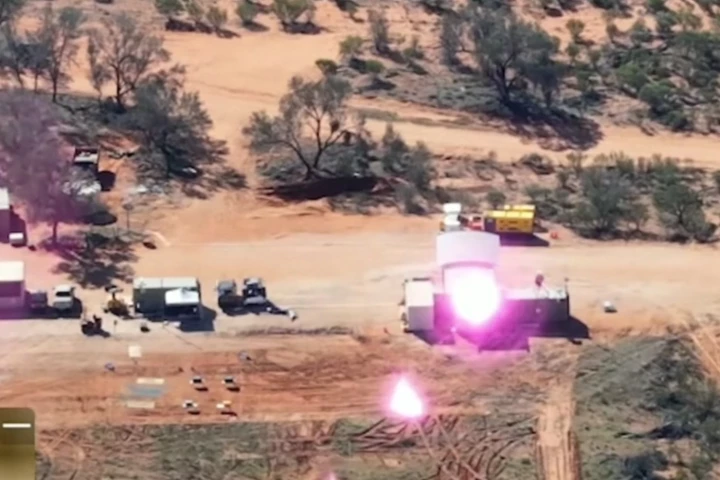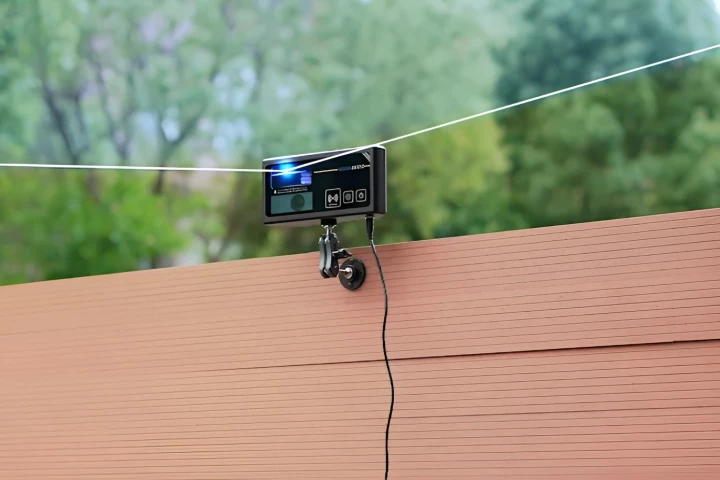Looking like something out of Minecraft, the Japan Maritime Self-Defense Force has released a new image of its latest electromagnetic railgun being developed by the Acquisition, Technology, & Logistics Agency (ATLA) to counter hypersonic missiles.
First developed in the 1920s, railguns are simple to understand, have a remarkable potential, and sound seriously sci-fi. The principle behind them is fairly simple. In fact, any first-year engineering student could build a decent one without much effort.
Essentially, it's the equivalent of taking an electric motor and flattening it out so that instead of making the armature spin around, the magnets shoot it across the room, which can be a bit aggravating. It's the principle behind maglev trains and the fighter plane launchers on the latest US aircraft carriers. For the railgun, it's used to propel projectiles at tremendous speeds without the need for cordite or other explosives.
The United States, India, China, France, and Germany have all looked at developing a practical railgun for warships and land artillery, but Japan has shown the keenest interest since 2016, pouring in 46.3 billion yen (US$300 million) in the past three years.
Japan has been actively developing electromagnetic railgun technology since 2016, aiming to enhance its defense capabilities against advanced aerial and maritime threats. This initiative is part of a broader strategy to counter challenges posed by hypersonic missiles and other high-speed projectiles.
No details have been released of Japan's new railgun, but the latest prototype that we have data on and was tested on the Maritime Self-Defense Force vessel JS Asuka. It's able to fire 40mm shells weighing 320 grams (11 oz) at muzzle speeds of up to Mach 6.5 and consumes about 5 megajoules per shot, but the goal is to boost this up to 20 megajoules in the near future.
Though railguns are simple devices, turning the technology into a practical weapon is anything but. There are problems with creating the necessary power systems to run such guns, handling the heat generated by the gun, and miniaturizing the systems so they can be installed aboard ships and other platforms.
Of particular interest to Japan is using railguns to counter the hypersonic missiles being developed by China and other nations, which is a bit on the tricky side. Because hypersonic vehicles are capable of maneuvering, you can't just aim ahead of one as you would a clay pigeon and pull the trigger.
Special high-tech smart projectiles are needed that are able to lock onto a target and turn in flight to achieve an interception and kill. That means materials like tungsten to make the projectiles more lethal as well as advanced sensors and guidance systems that can react in real time.
They also need electronics able to survive sudden launch accelerations of over 30,000 gs or enough to reduce a human being to something resembling paté.
No date has been given for when or if Japan's railgun is expected to be deployed.
Source: JMSDF





